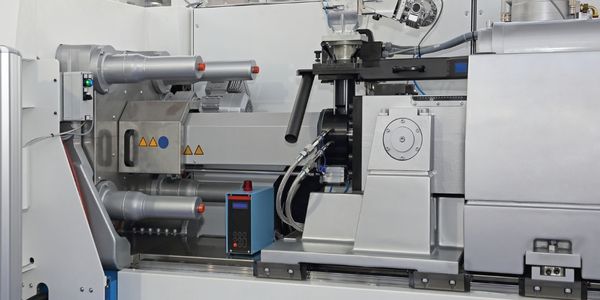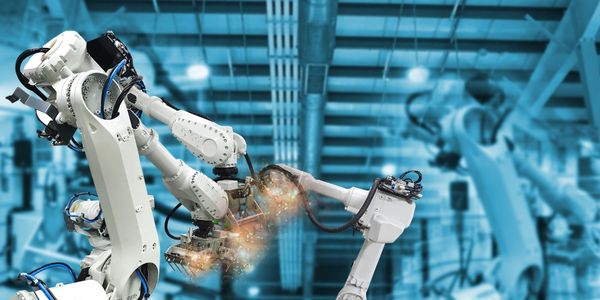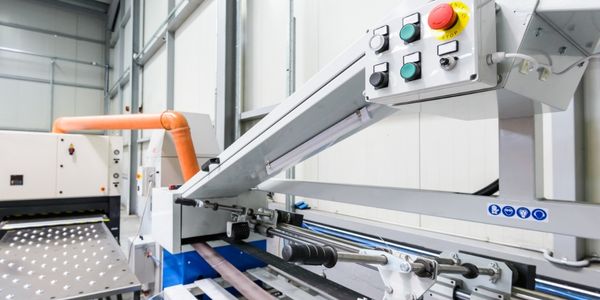公司规模
SME
地区
- America
国家
- United States
产品
- Acumatica Financial Management
- Acumatica Distribution Management
- JAAS Advanced Manufacturing Software (JAMS)
- Scanco Warehouse for Acumatica
技术栈
- Cloud-based ERP
- Barcode scanning
实施规模
- Enterprise-wide Deployment
影响指标
- Productivity Improvements
- Cost Savings
技术
- 平台即服务 (PaaS) - 应用开发平台
适用功能
- 离散制造
- 仓库和库存管理
用例
- 库存管理
- 自动化制造系统
服务
- 云规划/设计/实施服务
关于客户
FSC Lighting Inc. 是一家位于加利福尼亚州 Rancho Cucamonga 的制造公司。该公司最初是一家荧光灯制造商,后来扩展到 LED 照明,重点关注控制、自动化和能源效率。他们的项目范围从商业照明到工业停车场等。为了造福当地经济和周边社区,FSC 的 30 人制造业务由 10 名患有发育障碍的成年人现场支持,并由来自波莫纳谷车间的多达 200 名场外人员提供支持。几十年来,该公司依靠部落知识运营,而 Sage DacEasy 的设置不当,缺乏责任感,无法随着公司的发展而扩展。
挑战
FSC Lighting Inc. 使用的是 Sage DacEasy,这是一个较旧的系统,没有整合 MRP 和仓库管理以及其他制造流程。没有库存位置,也没有任何责任制。仓库经理会带上一份他认为可能缺货的物品清单,以便订购。该公司购买了 DacEasy 的 Sage 替代品,但尚未实施。该版本对他们的业务来说不够强大。它只是 DacEasy 的替代品。该公司希望找到可以在云端做的事情,添加 ERP 和条形码扫描,然后从那里添加。
解决方案
FSC Lighting 选择 Acumatica 是因为其灵活、可扩展、基于云的 ERP 和卓越的价值。他们还选择实施 JAAS 高级制造软件 (JAMS),并通过 Scanco Warehouse 为 Acumatica 实现库存和运输流程自动化,因此整个 FSC 操作现在都实时通过 Acumatica 进行。作为 Acumatica 实施的一部分,该公司简化了许多流程。他们现在拥有基于位置的拣选功能,因此任何人都可以将产品带入制造厂。该公司还在芝加哥的远程合同仓库以及波莫纳谷车间的设施中部署了 Acumatica,因此它可以从任一位置发货。
运营影响
数量效益

Case Study missing?
Start adding your own!
Register with your work email and create a new case study profile for your business.
相关案例.

Case Study
Plastic Spoons Case study: Injection Moulding
In order to meet customer expectations by supplying a wide variety of packaging units, from 36 to 1000 spoons per package, a new production and packaging line needed to be built. DeSter wanted to achieve higher production capacity, lower cycle time and a high degree of operator friendliness with this new production line.

Case Study
Robot Saves Money and Time for US Custom Molding Company
Injection Technology (Itech) is a custom molder for a variety of clients that require precision plastic parts for such products as electric meter covers, dental appliance cases and spools. With 95 employees operating 23 molding machines in a 30,000 square foot plant, Itech wanted to reduce man hours and increase efficiency.

Case Study
Hospital Inventory Management
The hospital supply chain team is responsible for ensuring that the right medical supplies are readily available to clinicians when and where needed, and to do so in the most efficient manner possible. However, many of the systems and processes in use at the cancer center for supply chain management were not best suited to support these goals. Barcoding technology, a commonly used method for inventory management of medical supplies, is labor intensive, time consuming, does not provide real-time visibility into inventory levels and can be prone to error. Consequently, the lack of accurate and real-time visibility into inventory levels across multiple supply rooms in multiple hospital facilities creates additional inefficiency in the system causing over-ordering, hoarding, and wasted supplies. Other sources of waste and cost were also identified as candidates for improvement. Existing systems and processes did not provide adequate security for high-cost inventory within the hospital, which was another driver of cost. A lack of visibility into expiration dates for supplies resulted in supplies being wasted due to past expiry dates. Storage of supplies was also a key consideration given the location of the cancer center’s facilities in a dense urban setting, where space is always at a premium. In order to address the challenges outlined above, the hospital sought a solution that would provide real-time inventory information with high levels of accuracy, reduce the level of manual effort required and enable data driven decision making to ensure that the right supplies were readily available to clinicians in the right location at the right time.

Case Study
Fully Automated Visual Inspection System
Tofflon has developed a fully automatic machine that uses light to inspect vials, medicine bottles, or infusion containers for glass fragments, aluminum particles, rubber grains, hairs, fibers, or other contaminants. It also detects damaged containers with cracks or inclusions (microscopic imperfections), automatically removing faulty or contaminated products. In order to cover all production processes for freeze-dried pharmaceuticals, Tofflon needed to create an open, consistent, and module-based automation concept.

Case Study
SAP Leonardo Enabling Rocket Science
At times, ULA has as many as 15 different operating systems dedicated to overlapping processes, such as rocket design, testing, and launch. Multiple systems created unnecessary costs and unwanted confusion among workers at offices, factories, and launch sites in different location. In order to improve collaboration and transparency during vital activities that directly influence mission success, ULA wanted to improve data sharing and streamline manufacturing processes.








